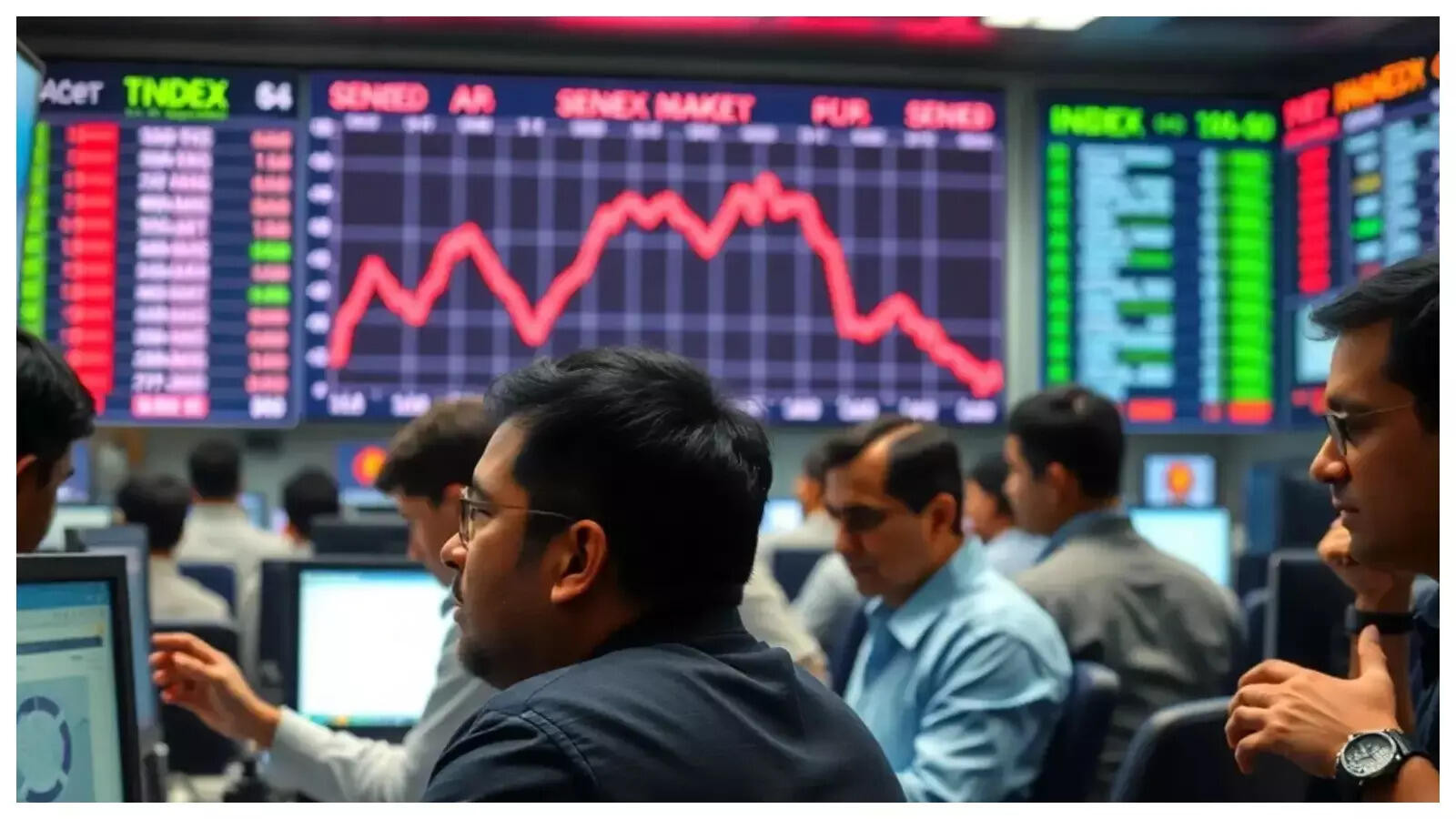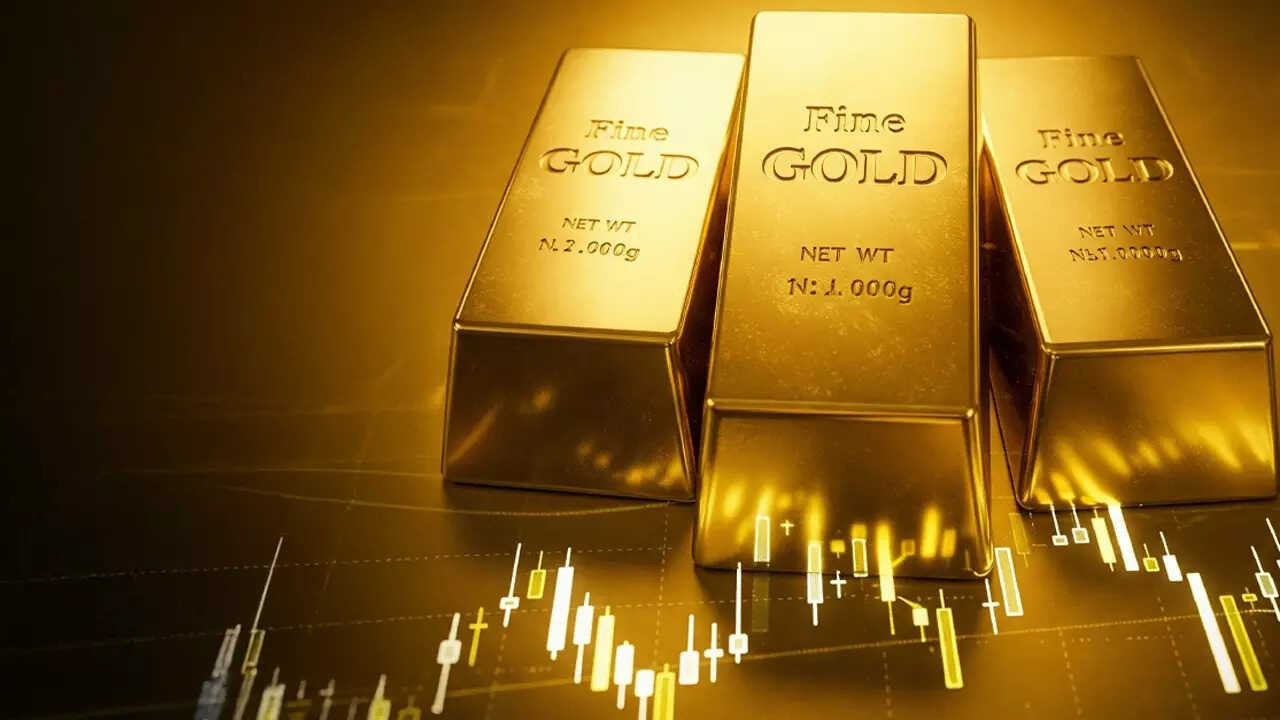Gold prices in the national capital soared to Rs 1,00,770 per 10 grams, driven by a weaker rupee and strong global trends. Silver also experienced a significant rally, reaching an all-time high of Rs 1,18,000 per kg. The surge was fueled by concerns over US Federal Reserve independence and potential tariffs on Indian goods, prompting investors to seek safe-haven assets.
Gold’s Glitter Returns: Why Investors Are Racing Back to This Timeless Asset
The financial winds are shifting, and if you’ve been watching closely, you’ve probably noticed a familiar gleam on the horizon: gold. The precious metal has surged, recently seeing prices jump over ₹600 to reach ₹100,170. But what’s fueling this renewed interest in something that seems so… well, old-fashioned? It turns out, in times of uncertainty, investors often seek refuge in the tried and true, and gold has a long history of being a safe haven.
Imagine navigating a turbulent sea. The stock market can feel a lot like that sometimes – unpredictable, volatile, and prone to sudden storms. Gold, on the other hand, is often seen as a sturdy anchor, offering stability when other assets are tossed about. It’s this inherent stability that’s drawing investors back into its orbit.
Decoding the Golden Surge: What’s Behind the Price Hike?
Several factors are contributing to the rising price of gold. One of the biggest is global economic uncertainty. From geopolitical tensions to concerns about inflation and potential recessions, the world feels a bit like it’s holding its breath. In such environments, investors tend to shy away from riskier assets like stocks and bonds and flock to safer alternatives. Gold, with its intrinsic value and limited supply, fits the bill perfectly.
Another key factor is fluctuating currency values. Gold is often priced in US dollars, so when the dollar weakens, gold becomes more attractive to investors holding other currencies. This increased demand can then drive up the price. Furthermore, central bank policies and interest rate decisions also play a significant role. Lower interest rates, for instance, can make gold more appealing because it doesn’t offer a yield like bonds do. When interest rates are low, the opportunity cost of holding gold decreases.

Beyond Price: Understanding Gold’s Enduring Appeal
But it’s not just about reacting to market jitters; gold has a deeper, more fundamental appeal. Throughout history, it has been valued as a store of wealth, a symbol of power, and a medium of exchange. Unlike fiat currencies, which are backed by government decree and can be subject to inflation, gold has intrinsic value. It’s a tangible asset that cannot be printed or debased. This scarcity and inherent worth make it an attractive investment, particularly in times of economic instability.
Consider the current inflationary environment. As the cost of goods and services rises, the purchasing power of your money diminishes. Gold, however, has historically served as a hedge against inflation, meaning that its value tends to increase as inflation rises, preserving your wealth.
Is Gold Right for Your Portfolio? Considering the Pros and Cons
Before you rush out and buy a gold bar, it’s essential to consider whether it aligns with your investment goals and risk tolerance. Gold can be a valuable addition to a diversified portfolio, but it’s not a magic bullet.
One of the main benefits is diversification. Gold tends to have a low or even negative correlation with other asset classes like stocks and bonds. This means that when stocks are down, gold might be up, helping to cushion your portfolio against losses. Another pro is its role as a store of value, as mentioned earlier.
However, gold also has its drawbacks. It doesn’t generate income like stocks or bonds, so its value is solely dependent on price appreciation. Furthermore, the price of gold can be volatile in the short term, influenced by factors like market sentiment and geopolitical events. You should also consider the costs associated with buying and storing physical gold.
If you’re considering adding gold to your investment strategy, consider exploring options such as gold ETFs (exchange-traded funds), gold mining stocks, or physical gold bullion. Remember to consult with a financial advisor to determine the best approach for your specific circumstances. You might also find value in researching other precious metals, such as silver, which can offer similar hedging benefits. We also have a great article on building a well-rounded portfolio that might be helpful.
A Golden Opportunity or a Fleeting Trend?
The recent surge in gold prices reflects a broader trend of investors seeking safety and stability in an uncertain world. Whether this is a temporary blip or the start of a sustained rally remains to be seen. However, the underlying reasons for gold’s enduring appeal – its intrinsic value, scarcity, and role as a hedge against economic turmoil – suggest that it will continue to play a significant role in the global financial landscape. Understanding these factors is key to making informed investment decisions and navigating the ever-changing world of finance.







